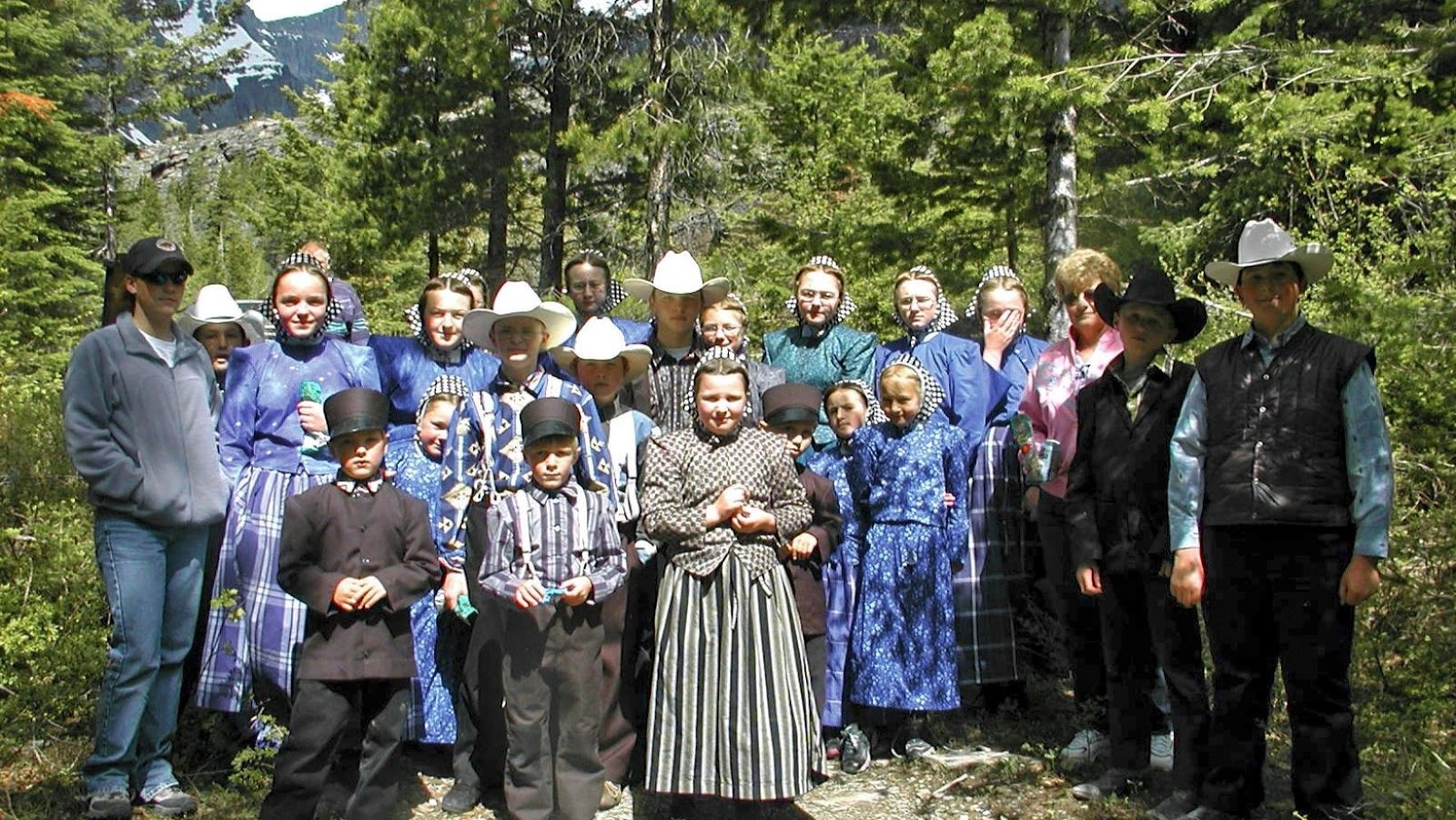In a world dominated by technology and constant connectivity, the Amish lifestyle stands as a testament to simplicity and tradition. With roots tracing back to the 16th century, the Amish community embraces a way of life that prioritizes family, faith, and hard work. Their unique set of lifestyle rules, often misunderstood by outsiders, guides every aspect of their daily lives. These rules, known as the Ordnung, dictate everything from dress codes to transportation methods. While some might view these restrictions as limiting, the Amish see them as a means to maintain community harmony and spiritual focus. By adhering to these principles, they cultivate a sense of belonging and purpose that many modern societies struggle to achieve. Understanding the Amish lifestyle rules offers a glimpse into a world where time-honored traditions shape a community’s identity. It’s a lifestyle that challenges modern assumptions about progress and happiness, inviting us to reconsider what truly matters.
Amish Lifestyle Rules
Amish lifestyle rules arise from the Ordnung, a code of behavior that guides daily life. These rules cover various aspects such as clothing, technology, and work. Modesty and simplicity are key. Men wear dark-colored suits, while women don plain dresses and bonnets. Buttons are avoided in favor of hooks and eyes to maintain modest aesthetics. Limits on using technology are fundamental. The Amish often utilize wind or solar power, but avoid public electricity. Phones are shared in community phone shacks instead of personal devices.Community cooperation is essential in work. Horse-drawn buggies replace cars for transportation, and farming relies on traditional methods without modern machinery. Social interaction is governed by humility and communal living. Members support each other through barn raisings and communal worship. Education stops at the eighth grade to focus on practical skills. These lifestyle rules, originating from deep-rooted traditions, preserve the community’s identity and help maintain a distinct way of life that emphasizes simplicity and shared values.
Core Values And Beliefs
The Amish community adheres to enduring values and beliefs that form the foundation of their lifestyle. These principles reinforce their sense of identity and guide everyday actions. The Amish prioritize simplicity as a spiritual commitment. Plain clothing and modest living spaces exemplify their dedication to humility. By avoiding material excess, they foster a deeper spiritual connection and limit distractions. Humility is evident in their interpersonal interactions, where respect and deference are encouraged. Amish life revolves around the community and family, which are central to their social structure. Collective activities, such as barn raisings and quilting bees, reinforce community bonds. Family is integral, with roles clearly defined within the household and extended kin networks. This emphasis on communal support ensures social stability and care for members in need.
Religious Practices And Traditions
Religious practices form the core of Amish life. Their traditions demonstrate a commitment to faith and community, reflected in various ceremonies and gatherings. Church services occur every other Sunday. Families host rotatively, transforming their homes into places of worship. Men and women sit separately during the service, which lasts around three hours and includes hymns, Scripture readings, and sermons. No musical instruments accompany the singing, staying true to their values of simplicity and humility. After service, they share a communal meal, strengthening neighborhood ties. Baptism marks an individual’s formal entry into the Amish church. Typically occurring between ages 18 and 22, it involves conscious commitment to the community’s beliefs and lifestyle. The baptism ceremony includes vows of faith and obedience, followed by water pouring over the congregant’s head. Marriage follows within the church, strengthening family ties and community bonds. Weddings take place on Tuesdays and Thursdays in late fall, featuring a church service followed by a celebratory meal with family and friends. The Amish approach to education is deeply rooted in practicality and community values. By limiting formal schooling to the eighth grade, they focus on equipping children with skills essential for their agrarian lifestyle and community roles. This educational framework emphasizes hands-on learning and moral teachings that align with their faith and way of life.